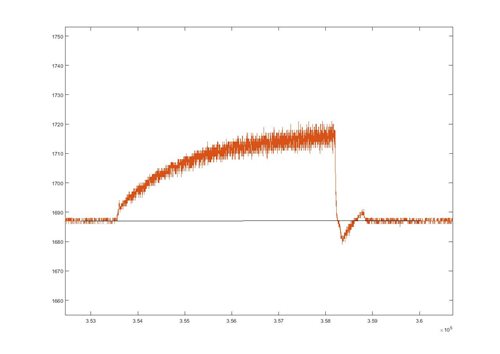Hi Chris and all,
I knew that instaspin operate for 4-quadrant. But I haven't use resister and switching device for over voltage regulation. I have developed my firmware on top of lab5a with external resolver angle feedback. I tried to test regenerative braking in many ways, but still I couldn't test that properly. I have following problems,
1) I always brake the motor after apply zero Iq current command (Iq_ref = 0). Then I expect a voltage burst on DC bus. But i couldn't see something like that up to now.
2) I disconnected the battery from the inverter DC bus and rotate motor shaft with considerable rpm. Iq_ref was set to zer0 (iq_ref = 0).I was expecting to build large voltage on dc bus. I could see some voltage on that time (around 15V), but I think that was not sufficient with applied rpm to rotor shaft.
3) Should I make any changes to firmware for good regenerative performances.
4) Guide me with the necessary steps for testing of regenerative braking.
Thank you.


